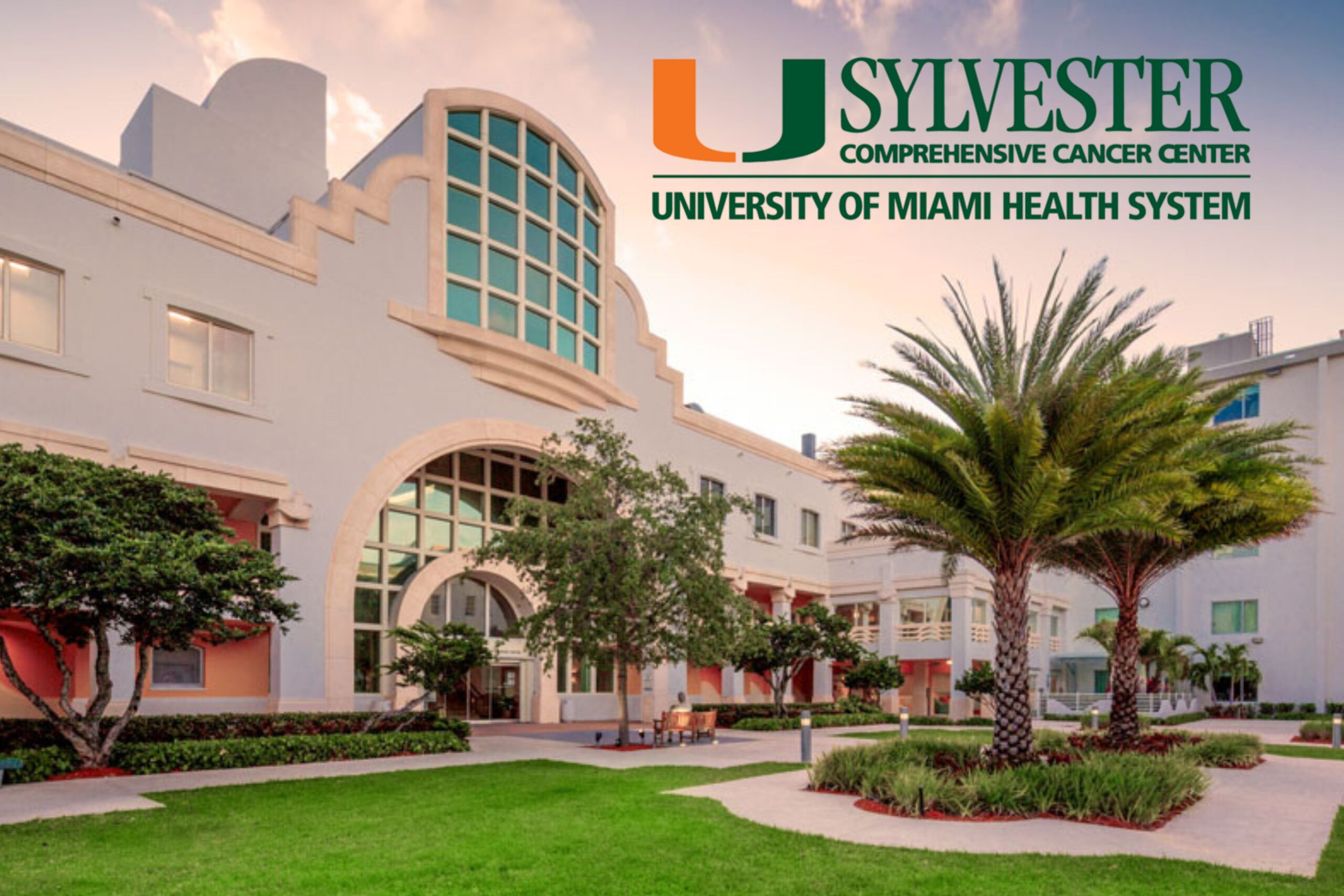Ladies who dwell close to Florida’s most contaminated areas could face a larger threat of growing a number of the most aggressive types of breast most cancers — together with triple-negative breast most cancers (TNBC), a subtype that’s notoriously troublesome to deal with.
That’s the warning from a brand new collection of research by researchers on the Sylvester Complete Most cancers Middle, a part of the College of Miami Miller College of Medication, who’ve discovered that dwelling close to federally designated Superfund websites — areas polluted by hazardous waste and prioritized by the Environmental Safety Company (EPA) for cleanup — could play a big position in girls’s most cancers outcomes.
A Disturbing Hyperlink Between Air pollution and Illness
Florida presently has 52 lively Superfund websites, many positioned close to populated areas of South Florida. Utilizing detailed information from Sylvester’s SCAN360 portal, which tracks neighborhood-level most cancers and environmental statistics, researchers examined greater than 21,000 breast most cancers circumstances recognized statewide between 2015 and 2019.
The findings had been unsettling:
Ladies dwelling in the identical census tract as not less than one Superfund web site had been 30 % extra more likely to have metastatic breast most cancers — that means the most cancers had already unfold past the breast at analysis.
When researchers seemed particularly at triple-negative breast most cancers, they discovered an excellent stronger connection. The nearer a girl lived to a Superfund web site, the upper her probability of growing TNBC. The research additionally recognized tremendous particulate matter (PM2.5) — a pollutant smaller than 2.5 microns, usually launched by industrial exercise — as a possible driver of the elevated threat.
“These research, in addition to latest federal priorities, spotlight the position of the atmosphere in well being outcomes,” stated Erin Kobetz, Ph.D., M.P.H., an epidemiologist and Sylvester’s Affiliate Director for Group Outreach and Engagement. “We have to higher perceive how environmental situations could also be driving variability in most cancers outcomes, particularly for girls who’ve traditionally been ignored by analysis.”
The outcomes of the primary two research had been revealed in Scientific Reviews and Most cancers Epidemiology, Biomarkers & Prevention.
Listening to the Group
For Dr. Kobetz, the analysis was sparked not simply by information — however by the individuals dwelling within the shadow of those poisonous zones.
“Members of our group raised issues that the place they lived was making individuals sick,” she stated. “Overwhelmingly, the individuals talking up lived close to Superfund websites.”
These conversations led to the creation of a multidisciplinary staff at Sylvester — physicians, epidemiologists, and molecular biologists — tasked with investigating how air pollution and social adversity intersect to form most cancers threat. The objective: flip anecdotal fears into evidence-based advocacy.
Past Genetics: A Look Contained in the Tumor
The staff didn’t cease at mapping threat. In a 3rd examine, led by Aristeidis Telonis, Ph.D., a analysis assistant professor of biochemistry and molecular biology on the Miller College, scientists analyzed tumor samples from 80 Miami-area breast most cancers sufferers to establish whether or not the neighborhood a girl lives in may depart a molecular “fingerprint” inside her most cancers.
They went deeper than genetic testing—inspecting every tumor’s epigenome (chemical directions that regulate DNA) and RNA messages (which reveal how genes are expressed in actual time).
What they discovered was startling: sufferers from neighborhoods with fewer health-promoting assets and better social deprivation had been considerably extra more likely to exhibit biomarkers related to aggressive, fast-growing cancers.
“This deprivation index may be very strongly related to extra aggressive breast cancers,” stated Telonis. “It’s a easy, however crucial correlation.”
The findings recommend {that a} girl’s atmosphere — not simply her biology — can affect the molecular habits of her most cancers, doubtlessly opening the door to extra personalised remedy approaches that account for each genetics and geography.
Environmental Justice and Public Well being
The implications of those research go far past educational curiosity. They highlight a bigger environmental justice problem—one wherein low-income communities and communities of coloration are sometimes disproportionately uncovered to industrial toxins, air pollution, and restricted entry to healthcare.
Kobetz stated the subsequent step is to translate these findings into group motion and coverage advocacy. “Now we have a sign, and we’re compelled by our Group Advisory Committee to pursue it,” she defined. “Now now we have empirical information to help what residents have been saying for years — that their atmosphere could also be making them sick.”
Her staff hopes this proof will drive each federal and native funding in environmental cleanup, public well being outreach, and equitable most cancers prevention applications.
A Name to Motion for South Florida
South Florida’s mixture of dense inhabitants, growing old infrastructure, and industrial legacy makes the difficulty of environmental well being particularly pressing. The Sylvester staff is urging residents and leaders to help additional analysis, group training, and environmental monitoring to stop future circumstances.
“We frequently consider breast most cancers prevention when it comes to genetics or life-style,” stated Kobetz. “But when we ignore the atmosphere, we’re lacking a part of the image.”
For South Floridians, which means taking a better have a look at the invisible threats in their very own yard — and advocating for change that protects each current and future generations.
Be taught Extra:
Learn the total research on Scientific Reviews and Most cancers Epidemiology, Biomarkers & Prevention, or go to InventUM for extra analysis from Sylvester Complete Most cancers Middle.
Observe @SylvesterCancer on X for updates on ongoing most cancers prevention and group outreach initiatives.



